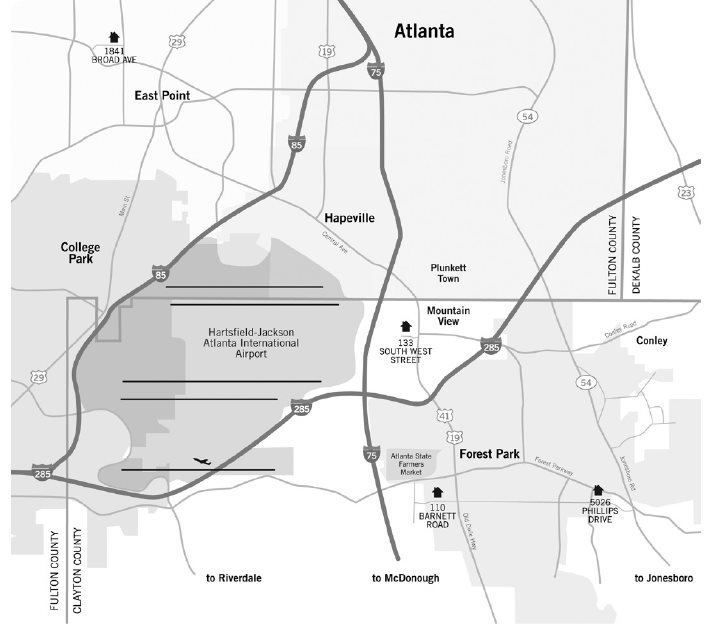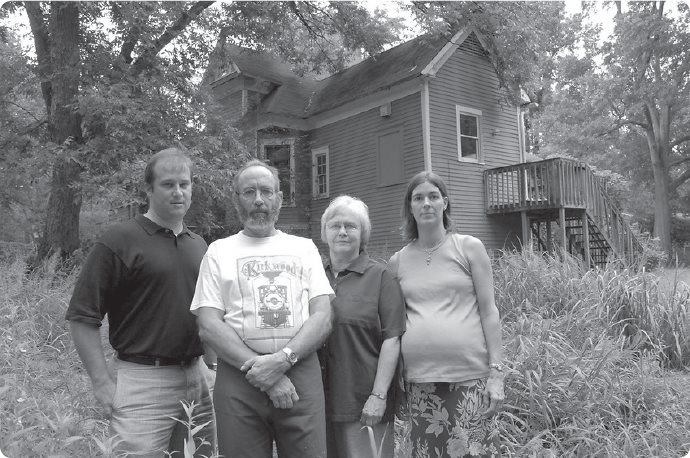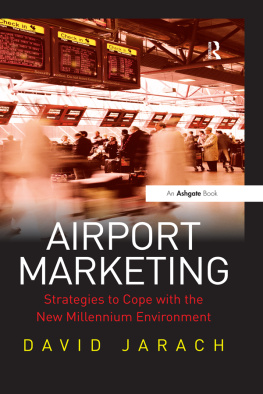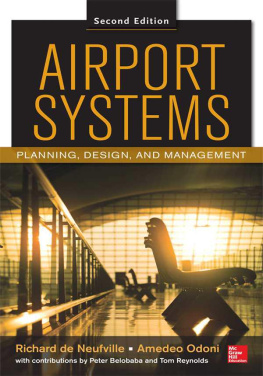FLIGHT PATH

Copyright 2017
Hannah Palmer
First American Edition 2017
All rights reserved. No part of this book may be reproduced in any form or by any electronic means, including information storage and retrieval systems, without permission in writing from the publisher, except by a reviewer, who may quote brief passages in a review.
This is a work of literary nonfiction, combining both the authors research and memories. Some names and characteristics have been changed to protect the identities of people who were not formally interviewed for the project.
BOOK DESIGN: Meg Reid
COVER PHOTO: Johnathon Kelso
COVER LETTERING: M.E. Sullivan
COPY EDITOR: Karin Klein
Printed in Dexter, MI by Thomson-Shore
PHOTOGRAPH CREDITS
Page 4 Joeff Davis
Page 106 Hartsfield-Jackson Atlanta International Airport Office of Communications
Library of Congress Cataloging-in-Publication Data
Palmer, Hannah, 1978
Flight path : a search for roots beneath the worlds busiest airport / by Hannah Palmer.
Spartanburg, S.C. : Hub City Press, 2017.
LCCN 2016037303 | ISBN 9781938235283
Atlanta Metropolitan Area (Ga.)Biography. William B. Hartsfield-Atlanta International AirportInfluence. | Atlanta Metropolitan Area (Ga.)History. | Atlanta Metropolitan Area (Ga.)Social life and customs. | Atlanta Metropolitan Area (Ga.)Economic conditions. Clayton County (Ga.)History, Local. Fulton County (Ga.)History, Local.
LCC F294.A853 P35 2017 DDC 975.8/231043092 [B]dc23
LC record available at https://lccn.loc.gov/2016037303
Supported in part by the Watson-Brown Foundation
Hub City Press
186 West Main St.
Spartanburg, SC 29306
1.864.577.9349
www.hubcity.org
www.twitter.com/hubcitypress
for Guy and Bruno. Youre from here, too.
CONTENTS
Table of Contents
Guide

My houses in the Atlanta airport area.

The Kirkwood Neighbors Organization and my old house.
D espite protests from the Kirkwood Neighbors Organization and bad press in the local paper, they bulldozed the house where I lost my virginity.
It was a turn-of-the-century farmhouse about a mile from my college campus, with great blue-grey gables framed by two towering cedars at the street. In 1895, the house would have been a suburban retreat, six miles east of downtown Atlanta by streetcar. In 1997, the area had been swallowed by the city but, like most old intown neighborhoods, it retained the green isolation and slow pace of the country. In the back yard, a small bamboo stand hid the beginnings of a creek, while on all sides oaks rippled over sidewalks and asphalt. The summer I lived at 332 Murray Hill Avenue, the nights were noisy with crickets and bullfrogs and the dreamy monotone of the MARTA train.
Technically, it was Moms house, one of a series of rentals. My mother, a high school-educated waitress, florist, potter, and party girl, moved cheerfully every two or three years during my childhood. Never far, each time just a neighborhood over, to another rental house or crumbly duplex or roach-bombed apartment in a hacked-up Victorian. My mom left my dad, my sister and me when we girls were toddlers and shed been moving ever since. She moved whenever the lease was up; she moved to break up with boyfriends. In fact, Mom was always moving, never still. Always loading and unloading pots from her kiln, flats of flowers from her truck, or scuba gear from the basement. Mom was forever damp with a fine glow of perspiration, with her rosy cheeks, fabulous cleavage, and moist wisps of hair curling around her face.
She filled each place she rented with stacks of magazines, bottles of perfume, and saucers of seashells and dried butterflies. Wherever she moved, she covered every wall and surface with artwork. My mother was part of Atlantas vibrant, artsy, gay, post-hippie crowd that created an intown scene in the eighties while white families evacuated to the suburbs. I think she paid only $700 per month for the house on Murray Hill Avenue because the neighborhood was so transitionalthats code for transitioning from black to white residents, or the other way around. From Grant Park to Virginia-Highland, Inman Park to Kirkwood, Moms old stomping grounds have now gentrified into Atlantas most prized urban real estate.
It was by far the biggest, grandest place Mom had ever rented. The 14-foot ceilings predated air conditioning, so it was cooler to prop open the front and back doors with box fans, pulling the breeze down the wide central hallway, rather than taking chances with Georgia Power. The rooms were uneven hexagons joined by tiled fireplaces and heavy, double pocket doors. To guests, I pointed out the wealth of fireplaces, all six defunct. Everything about the house, from the stone porch columns and thick front door to the wood trim and oblong doorknobs, seemed broader than stability required. It was built to last another hundred years.
Mom arranged her pottery wheel on the side porch and sub-let the two enormous front bedrooms to friends and exes. I was attending college nearby, so I stopped by regularly to escape the dorms, wash laundry, and hang out with Moms revolving crowd of guests. The large, secluded property was ideal for her extravagant parties.
At one fateful soiree, she seduced a chef, swiftly married him, and embarked on a three month European honeymoon. Her suitors were shocked.
Shes forty-two, I said, shrugging. Time to settle down.
And so I came to live at 332 Murray Hill Avenue for the summer, basically house sitting and dog sitting rent-free while Mom was on her honeymoon. It was the first time Id lived with my mother since my parents divorce, and she wasnt actually there.
Mindy, my best friend from high school, moved in to keep me company and to avoid going home for the summer. We only lived there for a few months, but it seemed longer. It was the summer after our freshman year, and the days were long and eventful. We had no parents, dorm rules, or classes. We had no greater ambition than to live as cheaply and work as many double shifts as possible. Mindy, perpetually tan, barefoot, and grinning, added twinkly lights to the wrap-around porch. I pumped enough gasoline into my red Honda to report to my hostessing job at Micks: An American Grill. Afterwards, I rambled down the long gravel driveway of Murray Hill at midnight, my all-black uniform plastered with sweat and kitchen grease. I hoped to find Mindys blue hatchback already parked and cooling. Where were we going tonight? I wondered. Or who was coming over? A breeze seemed to follow me everywhere.
Our landlord, Carol, was the lone authority figure on the premises. Bone-thin and fair-skinned, with that long, stringy hair that doesnt flatter women over thirty, she showed up occasionally to plant pansies and make minor renovations. We received no phone call, no warning that she was coming over. We dashed out to the mailbox in our pajamas and there was Carol, elbow deep in a planter. We watched her through the window, murmuring, What is she doing here? We believed she was keeping an eye on us. Or worsepreparing to sell our house.













